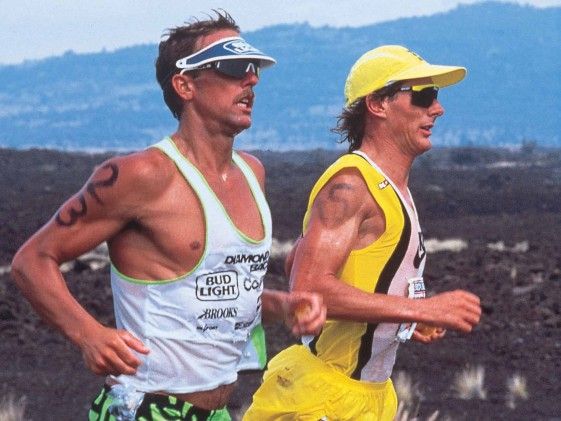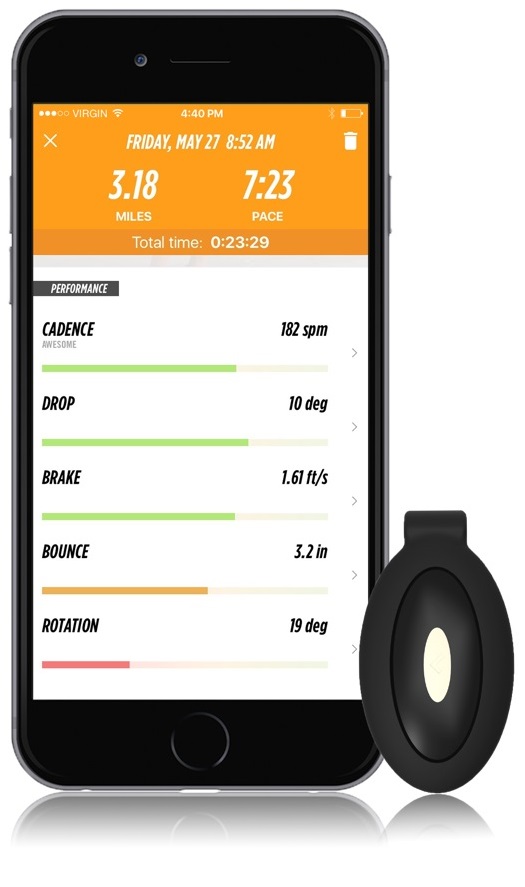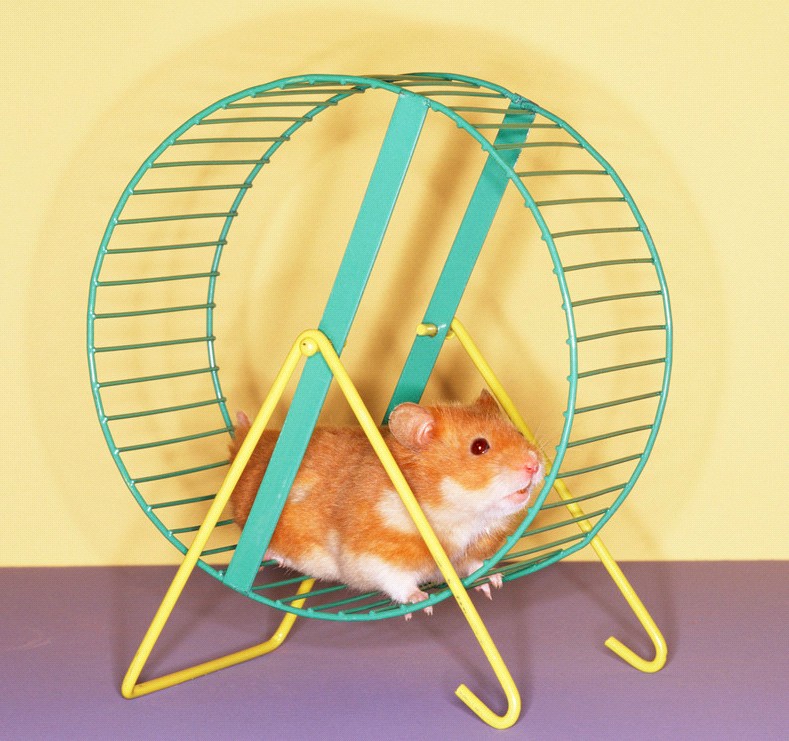Written by Mark Allen, ITU Olympic Distance World Champion and 6-Time Hawaii IRONMAN World Champion

Human beings are hardwired to become efficient at the things we do consistently. Artists perfect their paint strokes over time. It becomes easier and more automatic for a ballet dancer to perform a specific routine when practiced again and again. Endurance athletes are exactly the same. The more we do our sport, the more efficient we become at doing it. But there’s a downside to getting more and more efficient!
The snag is that as you get more fit, if you continue with the same training, the effect in the future in terms of overall gains from your workouts will become less and less. Think of it this way; in the beginning of the season when you are out of shape, even a week or two of training will net some very noticeable improvements in speed, endurance, and overall efficiency of motion. But by the end of the season when you are extremely fit, those gains become almost imperceptible- even with a huge amount of work. And in terms of metabolic efficiency, in the beginning of the season it takes a large amount of calories per hour to fuel your training. At the end, that number can be a third to half of what it took earlier that same year.
Don’t get me wrong. The efficiency gained from consistent regular training is one of the things you want to have happen, especially if you are targeting a long race like a marathon or an IRONMAN. You want your body to be able to go the distance on fewer calories per hour. And building that efficiency only comes by doing the same thing over and over and over. This is your consistency. As an example, the bulk of your aerobic fitness will come from the long endurance workouts completed each week and from the faster speed sessions that, for many people, are also a weekly part of training. All other days that you include are going to be ones that provide smaller gains in efficiency.
But there is only so much to get out of doing the same thing for months on end. This is where variety becomes essential. A new stimulus on the body will provide a greater net improvement in that specific area of fitness that it targets than the fitness gains earned from doing something you have done a thousand times before. You’ve probably experienced this if you are a cyclist who is extremely fit, but then you go out and do your first run in months. You will be sore the next day! So while consistency is essential to become an efficient athletic machine, adding some variety is essential to keeping fitness gains from plateauing.
A simple way to do this is for every workout continually evolve how you actually move. Swimmers know this drill. From the top swimmers on the planet on down, there is part of their focus in every swim session that is tuning into their stroke and trying to evolve it and make it more efficient. Even a slight change in how your body moves can have dramatic results in terms of building efficiency through a slight adjustment in the swim stroke.
In cycling, one of the main variances that can happen and help you evolve into a stronger cyclist is working to engage your glutes instead of using your quads in the power phase of your pedal stroke. Everyone has felt when their quads reach their limit and blow up. It’s rare that you will ever hear someone say their glutes blew up! Doing this is easy in concept: rock your hips underneath you kind of like you are doing a crunch in the sitting position on the bike. This engages your glutes and, if mastered, will give you sustained power for every effort level of output.
Running can also be a sport where you continually strive to vary your mechanics to gain efficiency. This is everything including your stride length, foot plant, balance between left and right, reduce the foot contact time, kick dynamics, and shoulder and arm movement. These can all be tweaked and refined to build efficiency within your consistent workouts. Even slight variations in these elements will provide you huge gains in your run efficiency and speed. It sounds like a lot of moving pieces, which there are. I highly recommend using one of the new devices coming out now that measures these parameters in running, like the Lumo Run sensor. It records all of these elements of running and gives you feedback on each one. Over time, the Lumo Run is the best way to transform ordinary running form and efficiency to achieve extraordinarily efficient running.

Here are five more tips on how you can add actual variety into your workouts to keep your fitness gains coming along with efficiency.
Vary the Intensity
The easiest way to build fitness over the long haul is to vary the intensity levels in your performance. Most people tend to work within a very limited physiological range. For some that may be training anaerobically, while others it could be doing all their training at a steady aerobic state. Regardless of where you do 90% of your training, if you mix up the intensity levels by adding in more of what you normally don’t do, you will increase your body’s ability with improved fitness.
Keep in mind that when people think of mixing up the intensity usually what comes to mind is to add in more speed work. However, if you are a speed demon, slowing down your workouts to a level that stimulates the aerobic metabolism will bring huge gains in fitness because it is a physiological stimulus that you are not accustomed to getting.

Vary the Terrain
If you have a favorite long bike route or a meat and potatoes long run that you do all the time, the variations in terrain will always come at the same point of the workout. But just like monotony in the intensity levels, if you do the same loops and trails and workouts every week, there will be a falloff in the fitness gains you get. So mix it up.
Do a loop backwards! By doing a loop in reverse the hills and undulations will come at a very different time of the workout, which will help keep your fitness gains coming. Think of it this way, if you always have a 10-mile climb 30-miles into a long ride your body gets good at doing that climb at that point of the ride. But if you do the ride in reverse, perhaps there will be a climb 80-miles into the ride that you would never get doing the loop in your normal direction.
If you consider swimming, there is no terrain to work with. But what you can do is change up the days of the week that you do specific types of work. Generally, in Masters swim programs there are weekly days that are endurance-focused and others where speed is emphasized. If you can, mix those days up so that the weekly cycle is different. It is a slight difference, but your body will be getting something on a day that it is not ready for, which will give it a big boost in fitness.
Vary the Duration
This is a key piece. Most people tend to do the same length workout every week on the same day. For a triathlete getting ready for an IRONMAN that can be something like a 5-hour ride on Saturdays and a 2-hour run on Sundays. They do this week after week. Initially, huge fitness gains will happen. But over time, your body gets used to that rhythm and will get all of the efficiency it is going to get out of it. So, again, mix it up!
One week ride 4:30, the next 5:30 or 6:00. Run 1:45, then 2:15 or 2:30 the next. The average workout length can be the same over time, but the simulation is always a bit different. Someone who does two months of 5-hour rides every week will not be as fit at the end of that time as someone who varied the length of those rides week to week even if they both end up with the same average over the two month period. Variation keeps your body guessing!
Do a Body Shock
This is the trickiest variation to get right, but one that can deliver a huge bump in fitness as a result. It’s doing a day or week of training that is way beyond your norm. It is a very short in duration but a significant increase in the lengths of your workouts, the intensity, or both.
Here is an example. Maybe you are doing a long run each week of about an hour and you feel like it is not doing anything any more in terms of building your fitness. So try one week where you run 1:30-1:45 on that day. It will take you way past your norm into a realm that you are not accustomed to, but it will give you a huge bump in your overall fitness. Keeping this shock to one week is what will also allow you to do it without a lot of risk of injury or burnout that can happen if you were to maintain this level or volume every week for a month or two.
Race
This is one of the biggest variances you can add into your overall fitness planning. There is nothing like a race to bump up your fitness. Races are sustained efforts for longer periods of time at higher intensities over the length of the race than you will ever do in training. Yes, you may do longer training days and speed sessions that have you going at speeds for short intervals that you will never hit in a race. But it is the sum total of speed and duration combined in a race that is nothing you can recreate in training.
The race can be within your sport or it can be something that is close to it. The result will be the same. So for example, if you are a triathlete, doing a running race will give you huge gains across the board. The main thing is that you are doing an effort that is nothing like what you can do in training, and that is a great variation!

About the Author: Mark Allen was the first ever ITU Olympic Distance World Champion in 1989 in Avignon France, the 6-Time Hawaii IRONMAN World Champion, and the 10-Time Undefeated Champion of the Nice International Triathlon to name a few of his historic racing accomplishments. In 2012, he was voted “The Greatest Endurance Athlete of All Time” in a worldwide poll conducted by ESPN. Now he serves as founder and coach of MarkAllenCoaching.

